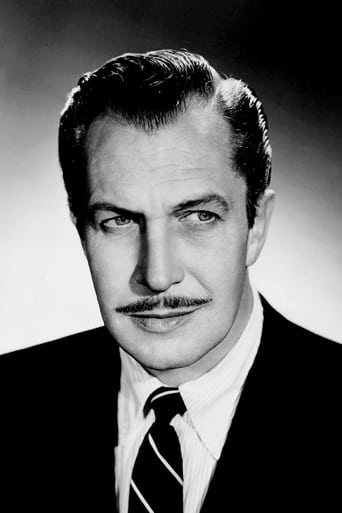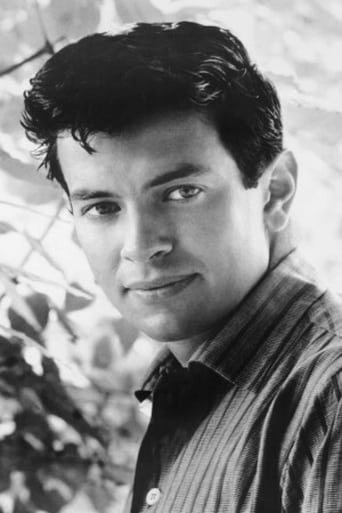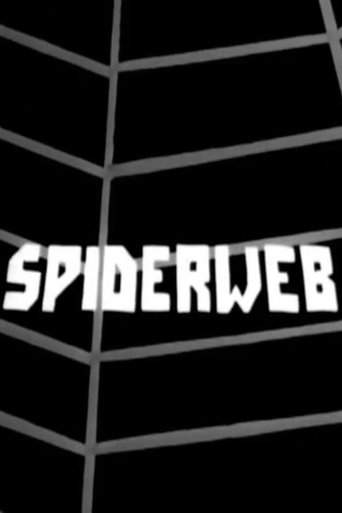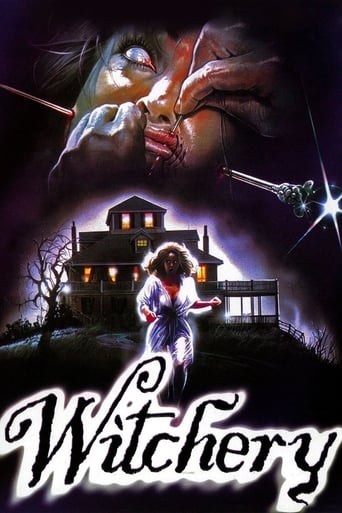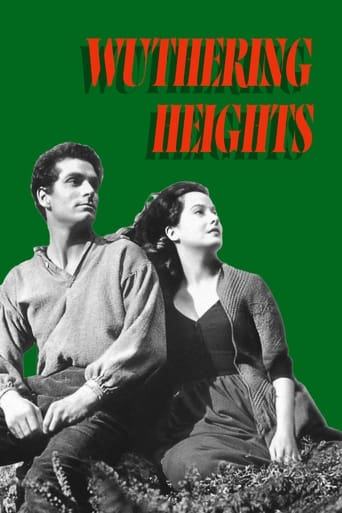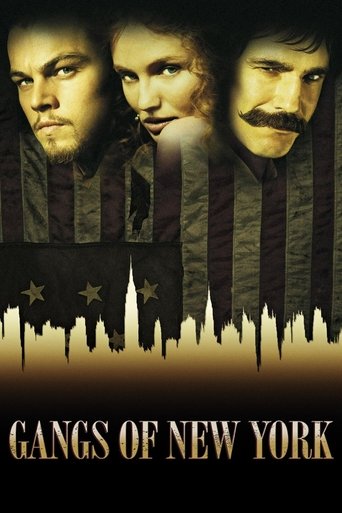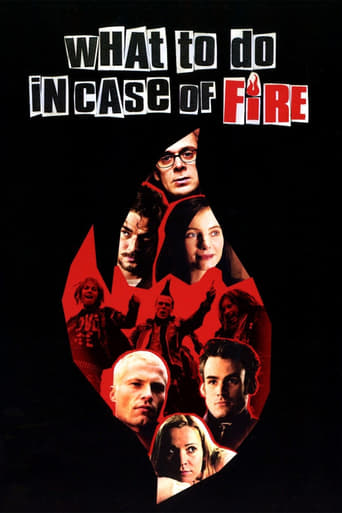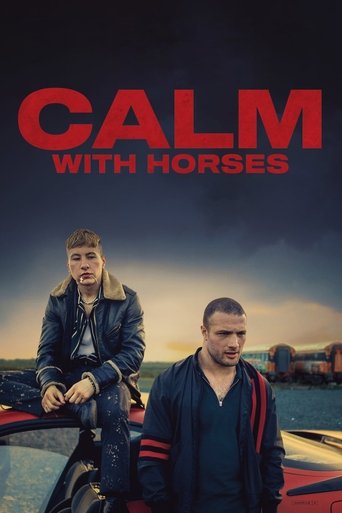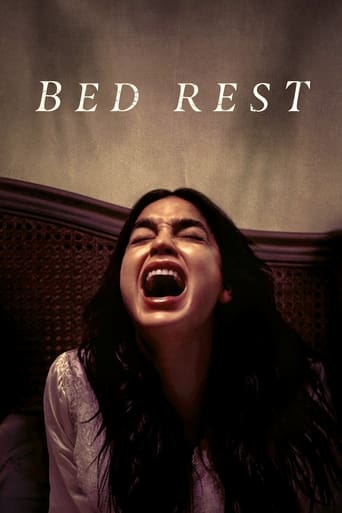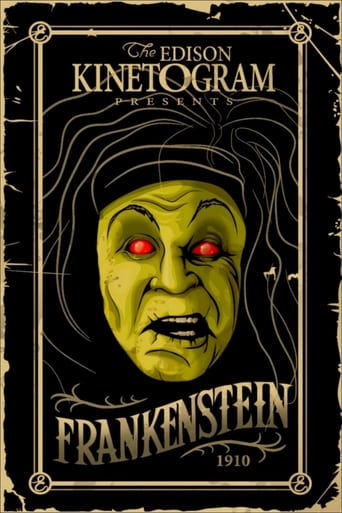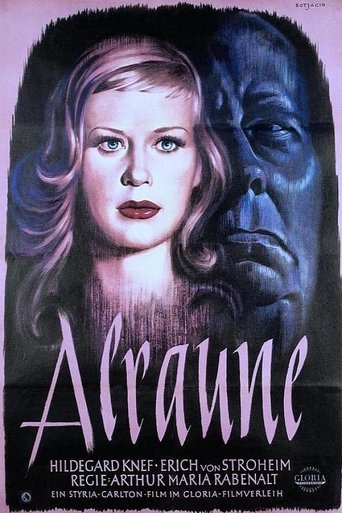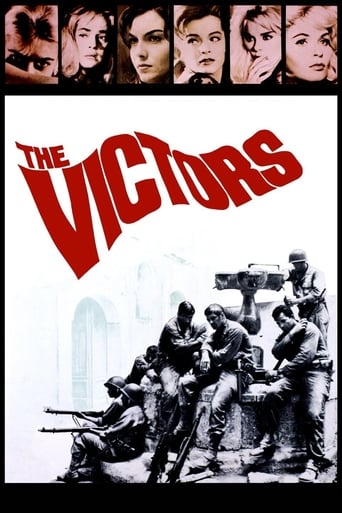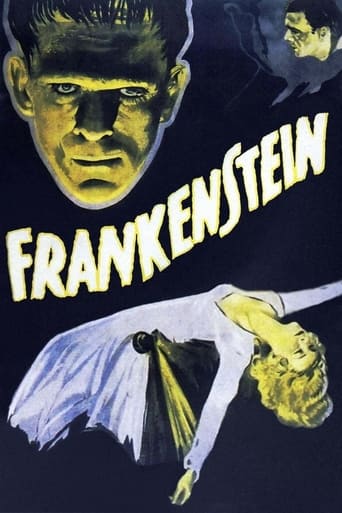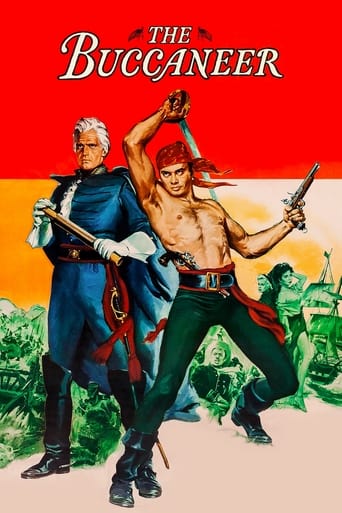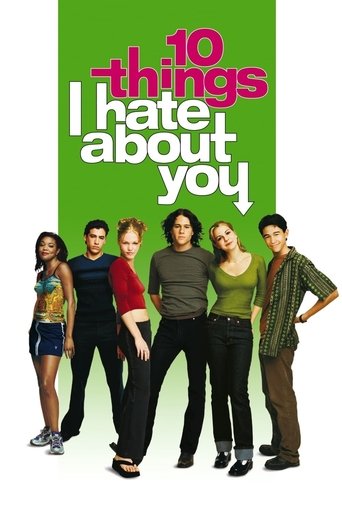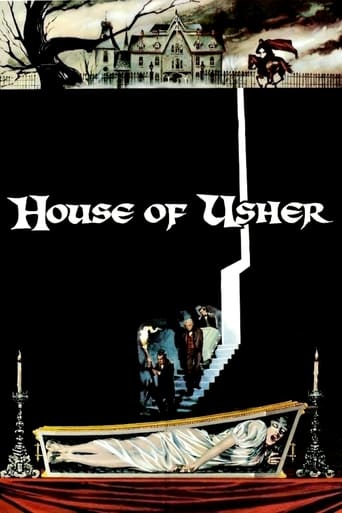
House of Usher (1960)
Convinced that his family’s blood is tainted by generations of evil, Roderick Usher is hell-bent on destroying his sister Madeline’s wedding to prevent the cursed Usher bloodline from extending any further. When her fiancé, Philip Winthrop, arrives at the crumbling family estate to claim his bride, Roderick goes to ruthless lengths to keep them apart.
- Roger Corman
- Jack Bohrer
- Richard Matheson
- Edgar Allan Poe
Rating: 6.6/10 by 315 users
Alternative Title:
The Fall of the House of Usher - US
The Mysterious House of Usher - US
La caída de la casa Usher - ES
La Chute de la maison Usher - FR
Дом Ашеров - RU
Падението на дома Ашър - BG
어셔가 - KR
Die Verfluchten - Der Untergang des Hauses Usher - DE
El hundimiento de la casa Usher - ES
The Fall of the House of Usher - GB
Country:
United States of America
Language:
English
Runtime: 01 hour 19 minutes
Budget: $270,000
Revenue: $1,450,000
Plot Keyword: curse, mansion, new england, old house, based on short story, 19th century
Fissures of concrete and of the mind... Phillip Winthrop has been searching for his missing fiancée, Madeline Usher. Tracking her down to the Usher family castle, he finds that Madeline is held strangely under the spell of her brother Roderick. The house itself also seems to be laden heavy with a mystical sense of dread and impending death. Can Phillip persuade Madeline to leave this crumbling abode? will he himself be at the mercy of Roderick and the Usher curse? Filmed in glorious CinemaScope with vivid colour photography from Floyd Crosby, based on a story from dark master writer Edgar Allen Poe, boasting Vincent Price in the lead role, and directed by Roger Corman with a budget worthy of his vision, House Of Usher (The Fall Of) is a highly eerie Gothic piece of work. Delightfully weird, the film covers a myriad of things to unease the watching public, curses, incest, burial alive, paranoia and sadistic intentions all sit together with Corman and Richard Matheson's Gothic leanings. In fact a huge amount of credit for the pic's subsequent success at the box office must go to Matheson, who took Poe's skeleton story and cloaked it with the previous mentioned strands to fully flesh out the piece. On the surface the picture probably shouldn't have worked, basically it's just four characters moping around talking grimly and waiting for the inevitable, but it's the house itself that is the story's major player. Corman utilising his widescreen trait to make the house disjointed and creepy in every frame, with the use of sounds also helping to keep the pervading sense of doom a very real threat - the house does in fact become the monster of the piece. All is not well in the House Of Usher, I hope you feel it as well. Amen. 8/10
_**“It’s a mad house, a mad house!”**_ In the late 1830s, a man from Boston (Mark Damon) visits the ancestral manor of his fiancé out in the country (Myrna Fahey), but he finds her curiously ill and her older brother nigh insane (Vincent Price). What’s going on? "House of Usher" (1960) was the first of AIP’s gothic horror flicks of the 60s inspired by Edgar Allan Poe, eight of which were done by Roger Corman, but others were filmed by different directors, like “The Conqueror Worm” (1968), aka “Witchfinder General,” and “The Oblong Box” (1969). Others were Poe-ish in ambiance, yet had nothing to do with the works of Poe, like Corman & Coppola’s “The Terror” (1963). Speaking of which, most of these flicks didn’t follow Poe’s stories/poems very closely despite his name being linked to them. “The Oblong Box,” for instance, features a totally different story. Meanwhile the title of “The Conqueror Worm” was tacked on to “Witchfinder General” in America, along with a quote from Poe’s poem, merely to sell tickets. This one is closer to Poe’s actual story, “The Fall of the House of Usher,” although scriptwriter Richard Matheson wisely throws in some romance involving the protagonist and Roderick’s sister. While it was successful at the box office and kicked off the series, I found it (melo)dramatically tedious and one-dimensional despite the colorful gothic atmosphere. I suggest seeing “The Pit and the Pendulum” (1961), “The Terror,” “The Conqueror Worm,” “The Masque of the Red Death” (1964), “The Raven” (1963) and “Tomb of Ligeia” (1964) first. If you want more, check this one out too. AIP was basically the American version of Hammer in England, so devotees of Hammer horror should appreciate it. The movie runs 1 hour, 19 minutes, and was shot at Raleigh Studios, Hollywood, with the fire-charred land done in Hollywood Hills. GRADE: C+

